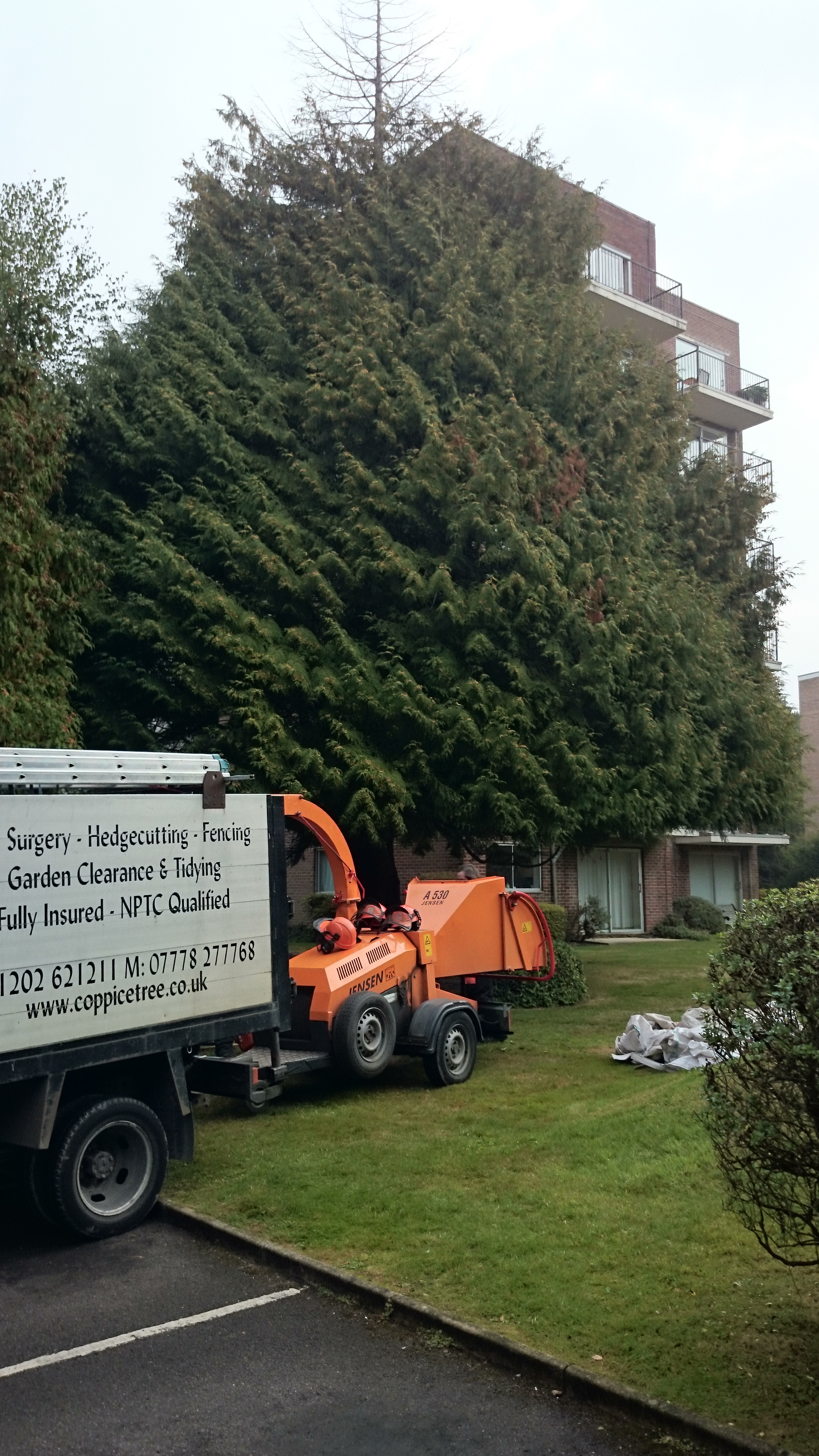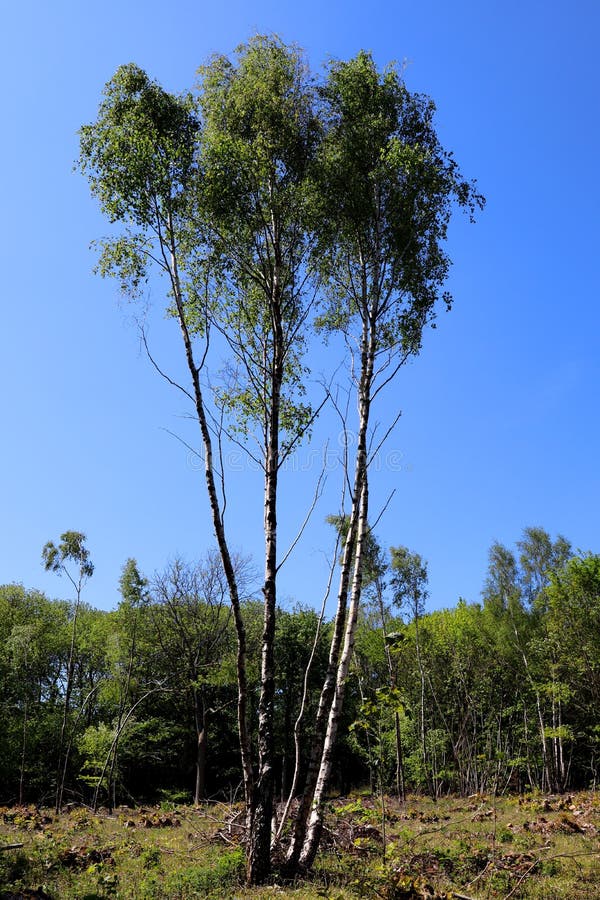

It allows certain species to be harvested again and again without actually killing the tree itself. Hazelnut trees that are coppiced can live indefinitely. For instance, Hazelnut trees that aren’t coppiced can live for 100 years. This is very unlike a lot of logging practices, where trees are cut to never regrow again. It’s almost like pressing the reset button. New shoots regrow from the tree that was harvested, and there is no end of life. This action actually promotes several good things for the tree, as well as for the relationship we have with trees. From that cut, several shoots would form more Christmas trees. As his trees grew, he would harvest them a limb or two up from the base while they were dormant. This was all made possible because of coppicing. This gentleman’s tree farm hadn’t been planted in years because he uses the same trees again and again while providing customers with Christmas trees each year. This has a very interesting effect on the regrowth and continuum of these beings, especially when done at strategic times of the year.

Strangely enough, I listened to a podcast later that week where a man who owns a Christmas tree farm was discussing coppicing.Ĭoppicing essentially means to cut trees and shrubs close to the base of their trunk, and allow them to regrow again for several years, sometimes decades. When several shoots began to regrow from the base of that trunk over the years, I was amazed at the eternity of life that this tree seemed to exude. At first glance, I assumed that the Oak tree my Dad had cut at the base was gone forever. When I first discovered the promising technique of coppicing, I was overwhelmed with possible solutions for the world.


 0 kommentar(er)
0 kommentar(er)
